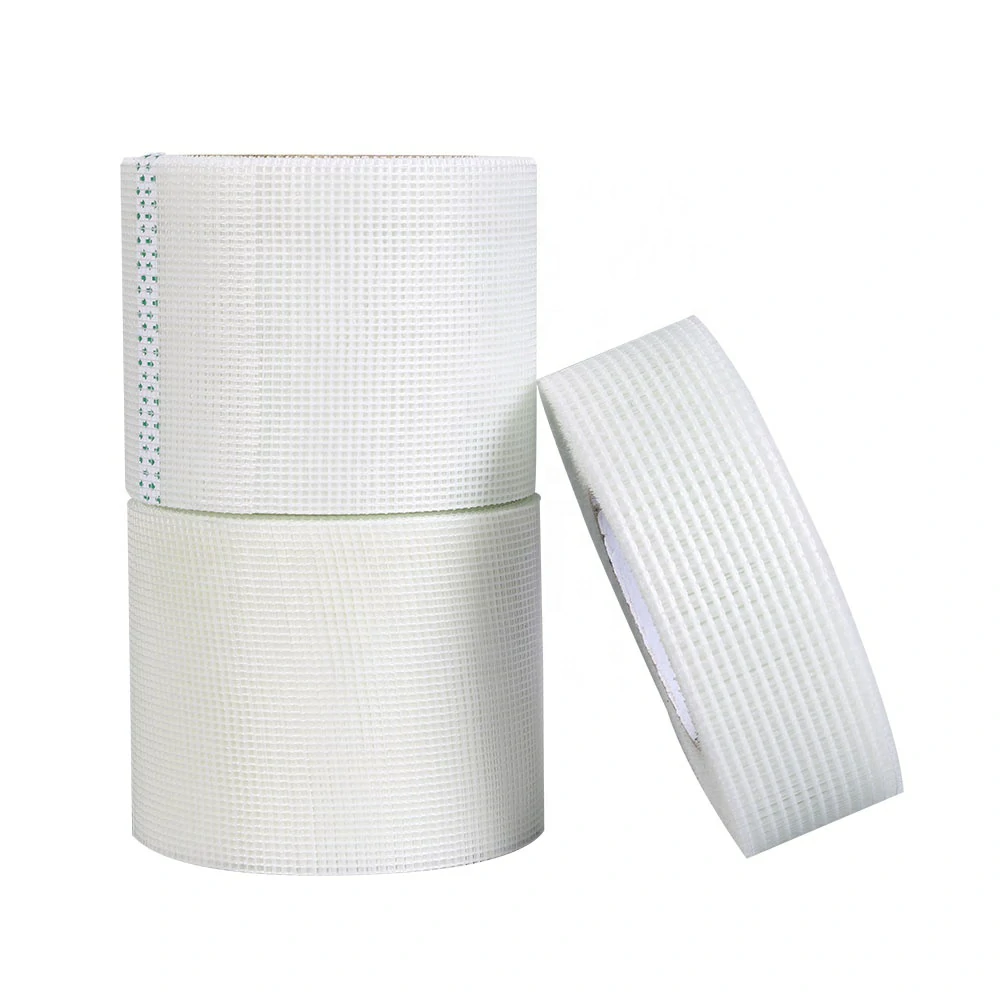12 月 . 03, 2024 17:27 Back to list
fiber glass mesh factory
Understanding Fiberglass Mesh Production
Fiberglass mesh has become an essential material in various industries due to its durability and versatility. As the demand for high-quality fiberglass mesh continues to grow, the importance of understanding the manufacturing process and the factors that contribute to its quality becomes imperative. This article delves into the intricacies of fiberglass mesh production, shedding light on the processes, applications, and benefits of this remarkable material.
What is Fiberglass Mesh?
Fiberglass mesh is a type of grid or fabric made from woven fiberglass strands. It is commonly used in construction, automotive, and electrical applications, among others. The mesh is known for its strength and resistance to corrosion, making it an ideal choice for reinforcing various materials, including concrete, plastics, and compounds. The primary component of fiberglass mesh is silica, which is melted and then drawn into fibers, creating a robust material that is both lightweight and resilient.
The Manufacturing Process
The production of fiberglass mesh involves several key steps that ensure the final product meets industry standards. These steps include
1. Raw Material Preparation The process begins with the preparation of raw materials, primarily glass fibers made from silica sand, limestone, and soda ash. These materials are carefully measured and mixed to create a molten glass.
2. Fiber Drawing The molten glass is then fed through a system of spinnerets, which pull and stretch the glass into thin strands called filaments. The diameter of these filaments can vary depending on the desired strength and flexibility of the mesh.
3. Weaving Once the glass fibers are produced, they are woven into a mesh using specialized weaving machines. This step is crucial as it determines the density and pattern of the fabric, which can affect its strength and application. Different weaving patterns, such as square, hexagonal, or custom patterns, are available to cater to specific needs.
4. Coating After weaving, the mesh is typically coated with a vinyl or epoxy resin. This coating enhances the mesh's properties, providing additional protection against moisture, chemicals, and UV radiation. The coating process also improves adhesion when the mesh is applied to surfaces like concrete or plaster.
5. Cutting and Finishing Finally, the fiberglass mesh is cut into desired dimensions and subjected to quality control checks to ensure it meets specified standards. The finished product is then rolled up and packaged for distribution.
Applications of Fiberglass Mesh
The versatility of fiberglass mesh allows it to be used in a broad range of applications
fiber glass mesh factory

- Construction In the construction industry, fiberglass mesh is widely utilized for reinforcing walls, ceilings, and floors. Its strength helps prevent cracking and enhances the longevity of structures.
- Insulation Fiberglass mesh is also used in insulation materials, providing structural integrity while maintaining thermal resistance.
- Automotive In the automotive sector, it is employed in body panels and various components due to its lightweight yet strong properties.
- Electrical The mesh is used in electrical applications, as it can be designed to be resistant to electrical currents, making it suitable for various circuit applications.
Benefits of Fiberglass Mesh
Choosing fiberglass mesh offers numerous advantages
- Strength and Flexibility Fiberglass mesh provides exceptional strength-to-weight ratios, allowing for durable constructions without adding excessive weight.
- Corrosion Resistance Its resistance to moisture, chemicals, and UV rays ensures that it maintains its integrity over time, making it suitable for outdoor applications.
- Cost-Effectiveness The longevity and durability of fiberglass mesh contribute to its cost-effectiveness compared to alternative materials, reducing maintenance and replacement costs.
- Ease of Application Lightweight and easily manipulated, fiberglass mesh can be quickly applied in various situations, enhancing efficiency on job sites.
Conclusion
As industries continue to evolve, the demand for fiberglass mesh is poised to increase. Understanding the production process and the myriad applications can help businesses and consumers make informed decisions about utilizing this indispensable material. Whether in construction, automotive, or electrical applications, fiberglass mesh stands out as a reliable and efficient solution, exemplifying the innovative spirit of modern manufacturing.
-
Why Fiberglass Mesh Tape Is the Contractor’s New Best FriendNewsOct.30,2024
-
The Role of Fiberglass Mesh Tape in Tile and Plaster ApplicationsNewsOct.30,2024
-
Humidity-Resistant & Mold-Preventive: Why Fiberglass Mesh Tape is Ideal for High-Moisture AreasNewsOct.30,2024
-
From Patching to Reinforcement: How Fiberglass Mesh Tape Is Changing the Face of ConstructionNewsOct.30,2024
-
Why Fiberglass Mesh Tape is the Sustainable Choice for Safer HomesNewsOct.30,2024
-
Save on Maintenance Costs with Fiberglass Mesh Reinforced StructuresNewsOct.25,2024


















